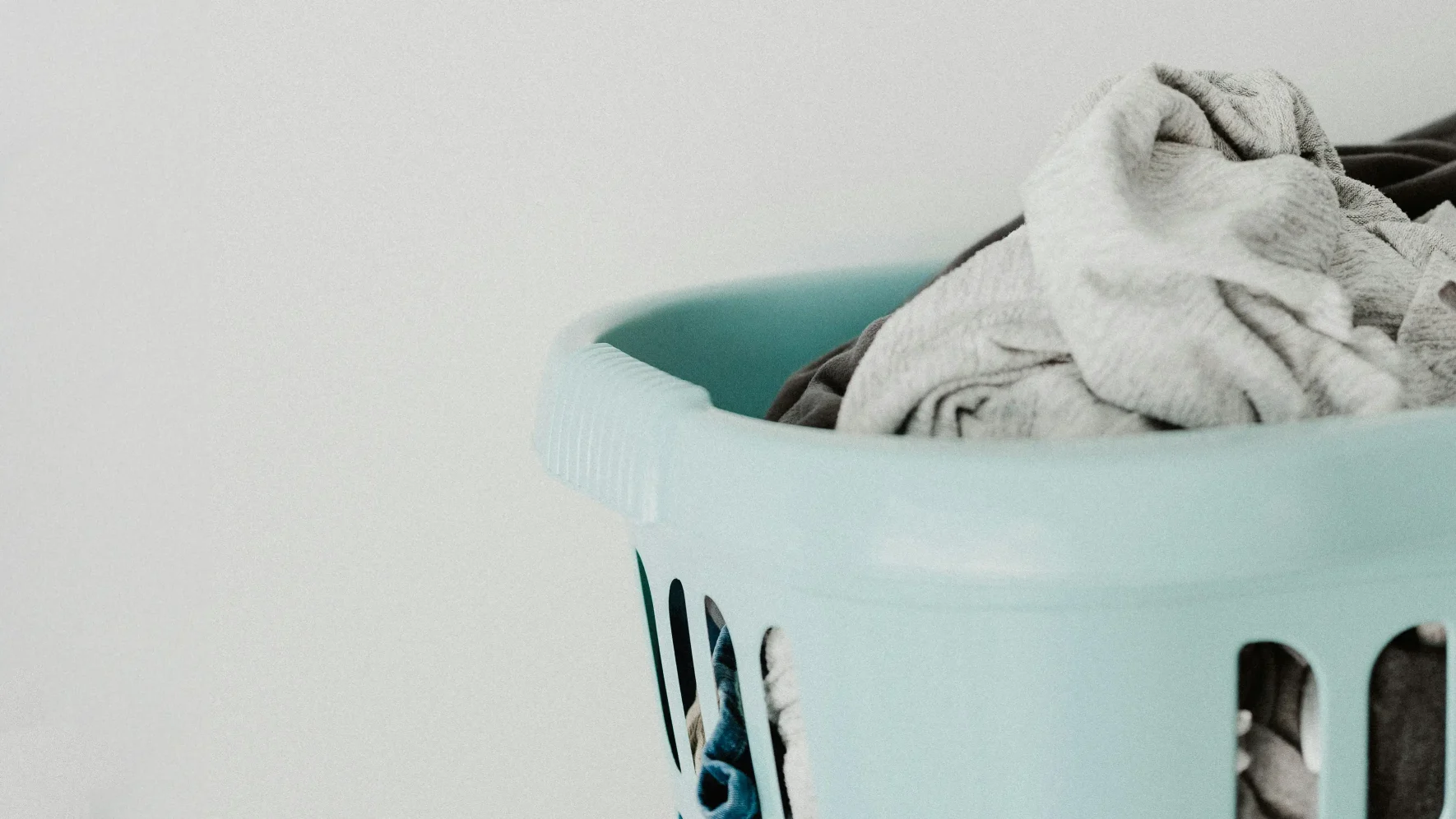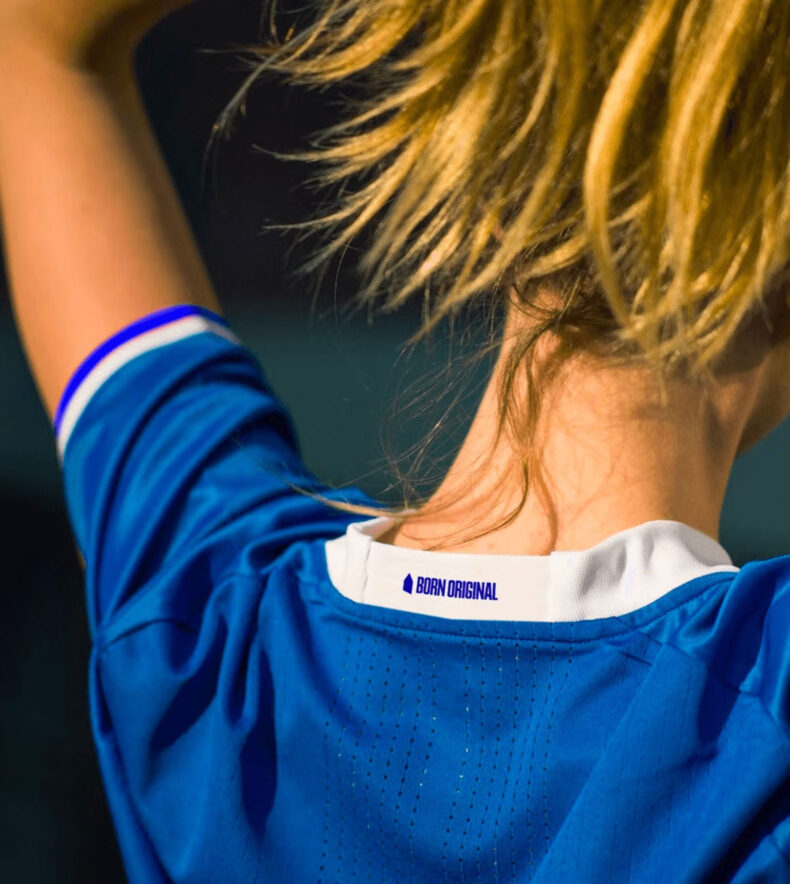Something smells a little…off. You can’t quite place it, but the air around your brand feels different than it used to. You notice less pride in the room. Fewer sparks in the work. You hold your breath when you send your website to a prospect. Your team cringes when they pull up their presentation template. Your messaging has drifted to the point where it sounds like it’s trying to talk to everyone. You look to your competitors for inspiration.
This didn’t happen overnight. And you know fixing it won’t, either. So, you reach for the quick wins. A special edition logo. Landing pages. New brand colors or taglines. It feels like you’re making progress, but really you’re masking deeper issues.
It’s what we call Febreze-ing your brand. It may freshen things up for a short while. But let’s be real: surface-level fixes can never solve a strategic problem.




